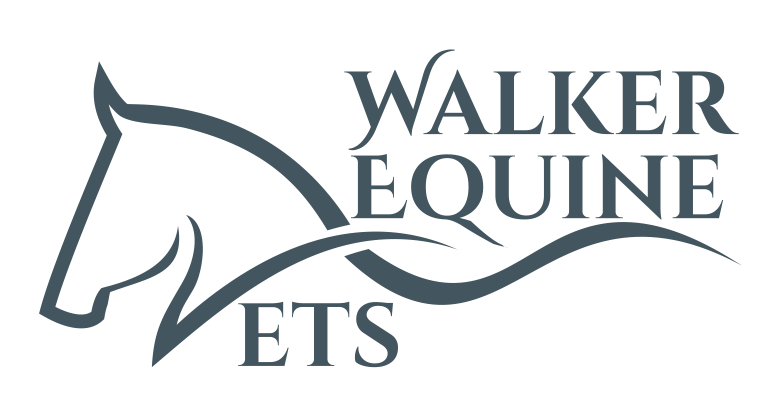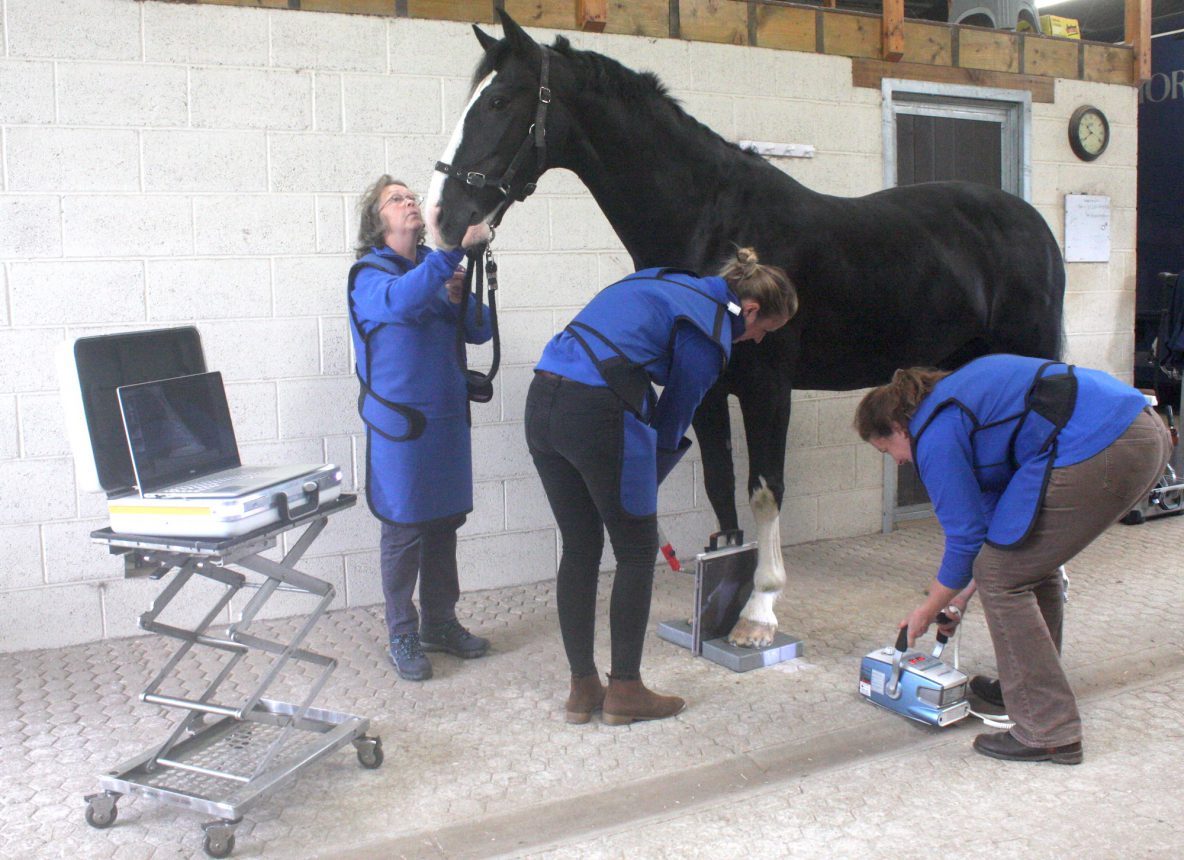Foot Balance and Foot Conformation
Significant increases in length and/or distortion of the foot shape can result in lameness both from within the hoof and structures further up the limb. Regular trimming and correction of distortions is important for maintaining soundness.
Routine farriery
The majority of horses working on the roads or hard ground will require shoeing. The use of shoes helps to reduce the rate of hoof wear and improve comfort levels. The shoe also helps improve grip on wet or slippery surfaces and assists in stabilising the hoof to prevent splits or cracks forming.
Routine farriery is the trimming and shoeing of the sound horse with a normal foot. This should be done every 4 – 6 weeks. Shoes can be applied hot or cold, but the hot method is preferred as more accurate shaping of the shoe can be carried out. A range of specialist shoes are available and can be used to manage certain conditions. Pads and packing materials can also be used under the shoe to improve foot comfort for horses doing long distances or with sensitive feet.
All domestic horses and ponies require regular foot trimming to prevent hoof distortion and lameness.
The majority of horses doing a significant amount of work on hard ground will require shoeing.
Trimming and shoeing should be carried out by a qualified farrier.
A well balanced foot will be symmetrical in size and shape and land flat during movement.
Foot balance – front to back
This should be assessed from the side on a level surface. The foot should be aligned so that the hoof-pastern axis forms an unbroken line when viewed from the side (figure 3). A long toe/low heel conformation increases the loading on the back of the foot, predisposing the horse to pain, inflammation and damage to the navicular bone and supporting structures. Excessive wear of the toe, in association with increased heel length will result in an upright, boxy hoof capsule, leading to conditions such as a club foot.
Foot Balance – side to side
Also known as medio-lateral balance, this refers to the relative symmetry of the foot and should be assessed by viewing the foot from in front and behind, as well as from above with the foot lifted up. Medio-lateral imbalance (figures 4 and 5) leads to uneven loading of the internal tissues of the foot, with the resultant accumulation of damage, causing inflammation, injury and lameness.
X-ray examination
X-ray examination can help determine the relative positions of the pedal bone and hoof wall and assess shoe placement.
To find a s qualified farrier in your area: LINK HERE

